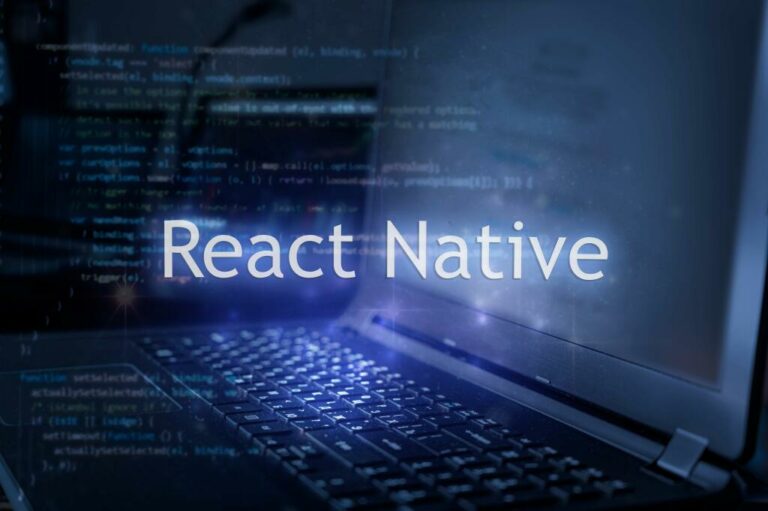GitOps uses Infrastructure as Code (IaC) and Configuration as Code (CaC) to enable automated and efficient management of cloud-native applications and infrastructure. The new, enhanced Kubernetes experience (generally available starting February 2024) marks a groundbreaking advancement for platform engineering teams. According to leading analyst firm Gartner, “80% of software engineering organizations will establish platform teams as internal providers of reusable services, components, and tools for application delivery…” by 2026. The development of internal platform teams has taken off in the last three years, primarily in response to the challenges inherent in scaling modern, containerized IT infrastructures. The old saying in the software development community, “You build it, you run it,” no longer works as a scalable approach in the modern cloud-native world. Security and supply chain management are also important considerations when building an application platform with Kubernetes.

Tools and automation can help you prevent common misconfigurations and enable IT compliance. It can also promote a service ownership model because users are comfortable deploying, knowing that guardrails are in place to enforce the policies. One open source tool for cloud native environments is theOpen Policy Agent (OPA), which offers policy-based controls.
Upgrade Your Kubernetes Version
You’ll begin by grasping Kubernetes key concepts, cluster architecture, and service deployments. The advantages of cloud development environments, exemplified by GitHub Codespaces, will become more clear as you explore GitHub’s ecosystem and harness AI-driven coding with GitHub Copilot and OpenAI Codewhisper. The week culminates in hands-on experience as you deploy Kubernetes using Minikube within GitHub Codespaces. Gain a solid foundation in Kubernetes essentials and the power of cloud-based development, setting the stage for successful containerized application management and collaborative coding in the modern era. Once Kubernetes deployment increases beyond a single application, enforcing policy is critical.
Kubernetes has more than 15 years of experience running production workloads at scale and combining the best ideas and practices from the Google community. Kubernetes possesses a large and rapidly growing ecosystem with its services, tools, and support widely available. Ideally, pre-production clusters are identical to production clusters, but for
cost purposes pre-production clusters can be scaled down replicas.
Audit policy logs regularly
This multi-step Dockerfile allows us to use `alpine` with the latest version of libcap to copy our pre-built binary into the proper location and set the necessary permissions for us to manage nginx. We then use `scratch` as the base for our production image and set the user and group ID so that we can control and limit permissions that our container has access to. Therefore, as a best Kubernetes practice, you should use Alpine Images 10 times smaller than the base images. You can consider adding the necessary libraries and packages per your application requirements.
It’s never been easier to define observability configurations and access permissions as code. Platform engineers place a high value on staying informed, giving developers the ability to express their application expectations. As Dynatrace now has knowledge of the owners, this allows the Davis AI engine, to assign detected issues to the responsible teams along with SLO impact, ensuring timely notification. The main goal of platform engineering is to create a stable and efficient foundation on which development teams can innovate their software solutions without being burdened by the complex requirements of infrastructure management. A Kubernetes-centric IDP that is to be broadly adopted by internal dev teams requires numerous other services and components to deliver on its promise of unlocking DevSecOps at scale.
Checklist summary
Using small container images boosts efficiency, conserves resources, and reduces the attack surface for potential attackers. Running MongoDB in Kubernetes can be very beneficial, but what exactly do you need to have a production-ready database running in Kubernetes? There can be multiple considerations besides those listed above, like security, deployment readiness, backup and restore, monitoring, and more. On the database front, organisations want to build and run scalable database applications in public, private and hybrid environments. This is why containerised databases like MongoDB can run in Kubernetes and benefit from portability, helping teams minimise vendor lock-in, get DevOps friendliness, scalability and cost-effectiveness. In this case you want to go for speed of getting the code into the container.

Skaffold is a tool that aims to provide portability for CI integrations with different build system, image registry and deployment tools. It has a basic capability for generating manifests, but it’s not a prominent feature. Skaffold is extendible and lets user pick tools for use in each of the steps in building and deploying their app. RBAC settings can also be applied on namespaces, so if you assign roles to a user allowed in one namespace, they will not have access to other namespaces in the cluster.
Featured cloud services
Today we are going to “shift left” and see how to empower developers to develop cloud-native software from the start. A Kubernetes cluster represents a complex structure with a vast number of solutions and features. The affinity feature is used to define both node affinity and inter-pod affinity. Node affinity allows you to specify the nodes a pod is eligible to be scheduled on by using existing node labels.
- Typically, all traffic should be denied by default, then allow rules should be put in place to allow required traffic.
- To tackle these challenges, Dynatrace developed a purpose-built solution for platform engineering teams that reduces complexity through automated workflows, including auto-scaling, deployment validation, and anomaly remediation.
- The pods can then be deployed across nodes using anti-affinity rules in your deployments to avoid all pods being run on a single node, which may cause downtime if it was to go down.
- It then runs the build for you and deploys resulting image to the target cluster via the Helm chart.
Through the introduction of Virtual Box and a hands-on demo, you will gain a practical understanding of how virtual machines work and their benefits. Additionally, you will explore container concepts, focusing on Docker as a key containerization tool. Through an introduction to Docker and its architecture, you will learn how to scale applications using containers, providing a comprehensive overview of virtualization and its practical applications. Using minimal Docker containers is a popular strategy in the world of containerization due to benefits of security and resource efficiency. These containers are stripped-down versions of traditional containers, designed to contain just the essential components needed to run an application. In some cases, a base container may contain nothing at all (this would be the `scratch` container).
Choose the right container image
Below is a summary of the controls to consider when implementing a platform on Kubernetes. To learn more about these strategies, see
Application deployment and testing strategies. As part of your CI pipelines, ensure that you run all the required tests on your
code and build artifacts. These tests should include unit, functional,
integration, and load or performance testing. Kubernetes deprecates versions of APIs to minimize the need to maintain older APIs and push organizations to use more secure, up-to-date versions. When an application or service includesdeprecated or removed API versions, find and update them to the latest stable version.

There are valid reasons to keep using local IDEs as long as the development environment is containerized. So far our Kubernetes experience was ok, we got some perks on top of our regular development workflow. We still have to go about our business developing, testing and shipping our software.
Publisher resources
Every contributor to the project must open a pull request with any changes, and each pull request must be approved by at least two project maintainers. In addition to this process, we also incorporate the use of linters and tools to maintain our high standards for code security kubernetes based assurance and quality. Containerized workloads management is a process of automating common tasks throughout the whole lifecycle of container images and containers. It includes software development, building&shipping automation as well as operations, security and compliance.
Resources
In this example, we have set the limit of CPU to 800 millicores and memory to 256 mebibytes. The maximum request which the container can make at a time is 400 millicores of CPU and 128 mebibyte of memory. Densify has partnered with Intel to offer one year of free resource optimization software licensing to qualified companies.
What is the best practice to use kubernetes for local development?
It is super important for developers to be able to change code and to see changes live for local development. Kubernetes rolls out updates with new features, bug fixes, and platform upgrades. It will ensure that your version has every updated feature and security patch. Containers are regarded as lightweight, and like a VM, a container has its own file system, share of CPU, memory, process space, etc. As containers are decoupled from the underlying information technology (IT) infrastructure, they are portable across clouds and OS. According to a recent survey by RedHat, Kubernetes is used by 88% of respondents with 74% of respondents saying they use Kubernetes in production environments.
